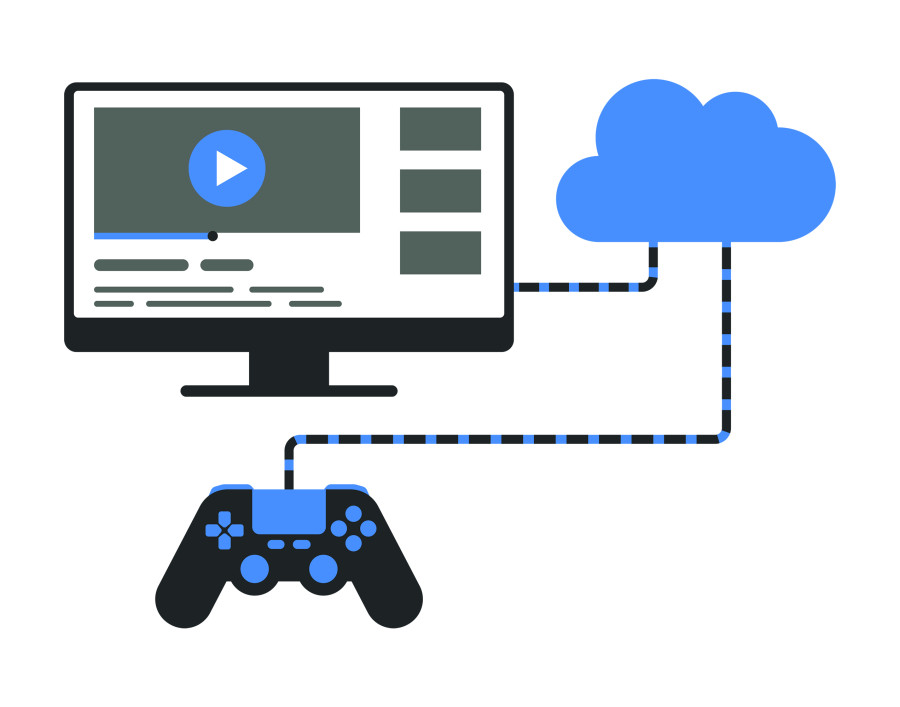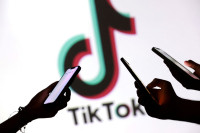Science & Technology
What does cloud-based gaming mean for Nepali players?
Even as internet speeds keep growing, data caps and latency will remain an issue even if Nepalis manage to get a subscription internationally.
Prajesh SJB Rana
A lot of the data that we consume today lives on the cloud. Everything—from videos, music and even software—is delivered effectively through the internet, and in many ways online connectivity has improved the way we consume and produce content. Applications like Google Docs have excellent collaborative features, while social interaction through likes and comments on social media platforms has pushed interactivity even in areas of static content consumption.
Likewise, online servers have also become home for games, with many gamers streaming their gameplay online for a community of online viewers. Traditionally, all of these games have been rendered on localised hardware such as gaming consoles or PCs, but in recent years, companies like Google, Microsoft and Amazon are working towards making cloud gaming a reality.
Google’s Stadia aims to make gaming consoles and PCs obsolete by offshoring all of the horsepower needed to render games to their servers and sending gamers the rendered frames through the internet. Rendered images would then be streamed to a gamer’s display device and interactively respond to user controls, much like an interactive video but with split-second response times. With the release of cloud gaming services like Stadia, gaming consoles, game disks and even game downloads should be a thing of the past.
Cloud gaming, however, is not a very new concept. Companies like G-Cluster have experimented and demonstrated cloud gaming to varying levels of success since the 2000s. Due to technical drawbacks, however, many of these services never came to fruition. But with many big tech companies releasing or experimenting with cloud gaming today, it seems that the internet infrastructure is finally capable enough to handle streaming of games. Companies like Microsoft, Amazon, Nvidia and Electronic Arts are already experimenting with cloud gaming with Google leading as its front-runner with Stadia, mainly because of Google’s existing network infrastructure.
Currently, Stadia is in a pre-release bundle that comes with a Stadia controller, Chromecast Ultra and a three-months of Stadia Pro subscription for $130. A more complete release is expected in 2020 with 42 initial games on the platform, with a monthly subscription rate of $10. The $10 per month is only for Stadia subscription, however, and gamers will have to pay separately for the games they want to play on the platform. Microsoft’s Project xCloud is inciting hype amongst gamers since Microsoft has access to a larger collection of games through their Xbox library, but the release date of xCloud is yet to be announced. Similarly, Nvidia’s GeForce Now is already active and has even expanded to various countries like Russia as part of their GeForce Now Alliance.
While a lot of big-name players are experimenting with cloud gaming, what does it mean for its consumers? Well, I’d say, cloud gaming comes with benefits for them. With a successful implementation of the service, gamers won’t have to invest in expensive gaming hardware anymore, making gaming more accessible. Cross-device support would become a reality since all gaming data would be hosted online and any kind of device with a screen and an internet connection would be capable of running even the most demanding of games. Currently, Google Stadia is scheduled for release with titles such as Cyberpunk 2077, Borderlands 3 and Rise of the Tomb Raider, all very demanding games.
The only problem would be a poor internet connection. These services not just demand higher download speeds but also require very low latency (denoted by pings), as well as the fact, consume high amounts of data. For internet users on a data plan, services like Stadia might be too demanding on their data caps.
In Nepal, even as internet speeds keep growing, the problem of data caps and latency will still be an issue even if gamers manage to get a subscription internationally. Locally, getting games to run on lower-end devices would come as a boon for gamers investing heavily in their gaming. But even gaining access to a Stadia subscription might be difficult for Nepalis due to a lack of international payment portals, and getting a friend or relative abroad to commit to a subscription might be the only option for local gamers.
Microsoft’s focus on India with their xCloud service may also open up new avenues for Nepali gamers to access the service. The high bandwidth internet connection still remains a problem, but considering that internet speeds are getting faster locally, they might reach a point of Stadia support by the time it’s publically released in 2020.
Subscription-based services come with their own share of problems as well, mainly the problem of never truly owning the games you pay for. Recently, people in Venezuela who had subscribed for Adobe’s Creative Cloud service were denied services because of updated US policies, making it impossible for Venezuelan creatives to access the software that they had paid for. This rings true even for subscription-based gaming services like Stadia, where a dependency on a third-party would mean a revocation of all rights to access games that users had paid for in the past. This dependency could even push service providers to implement higher service costs that gamers would have to adhere to since their gaming library would be associated with one specific service. And service costs will go higher to reflect maintenance and upgrade costs as these services start gaining momentum.
The future of cloud gaming is still difficult to predict. The success of the service would depend on service optimisation for current internet hardware, availability of games and also reception from the gamers. Much like content streaming websites like Netflix and Hulu, all the games you want to play might also not be available on the service you choose, since availability depends on partnerships with game developers and with how scattered the cloud gaming industry already looks in its infancy, gamers might be forced to buy subscriptions for different services to play the games that they want until the industry finds stability. But for now, cloud gaming does seem to hold enormous potential, especially with companies like Google and Microsoft backing it up. If they do succeed, the face of gaming as we know it could change drastically.




 11.12°C Kathmandu
11.12°C Kathmandu








%20(1).jpg&w=300&height=200)

